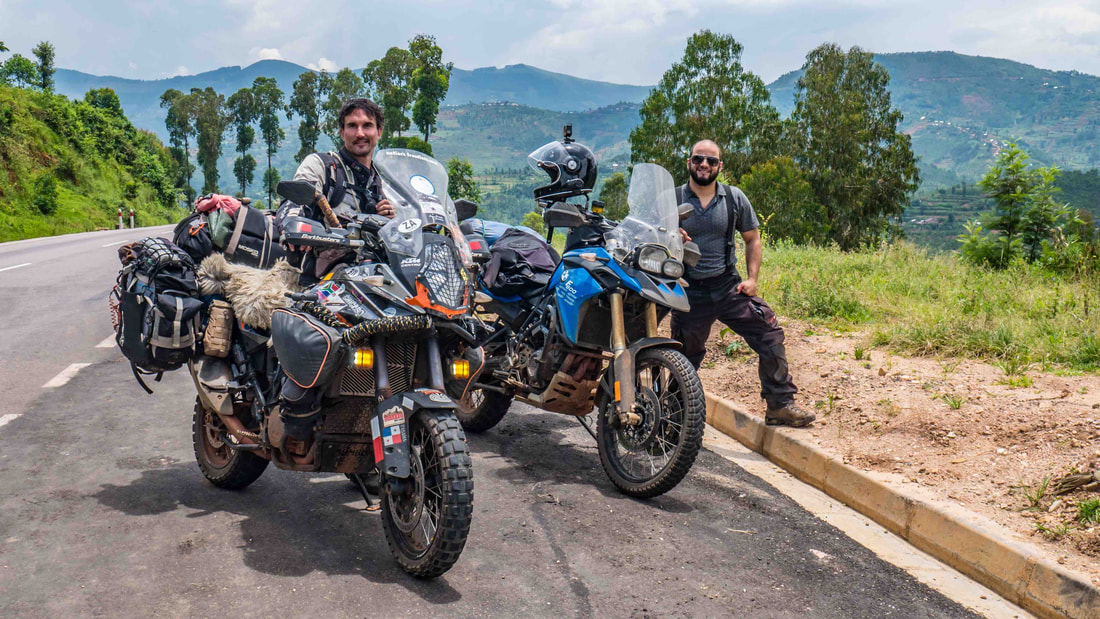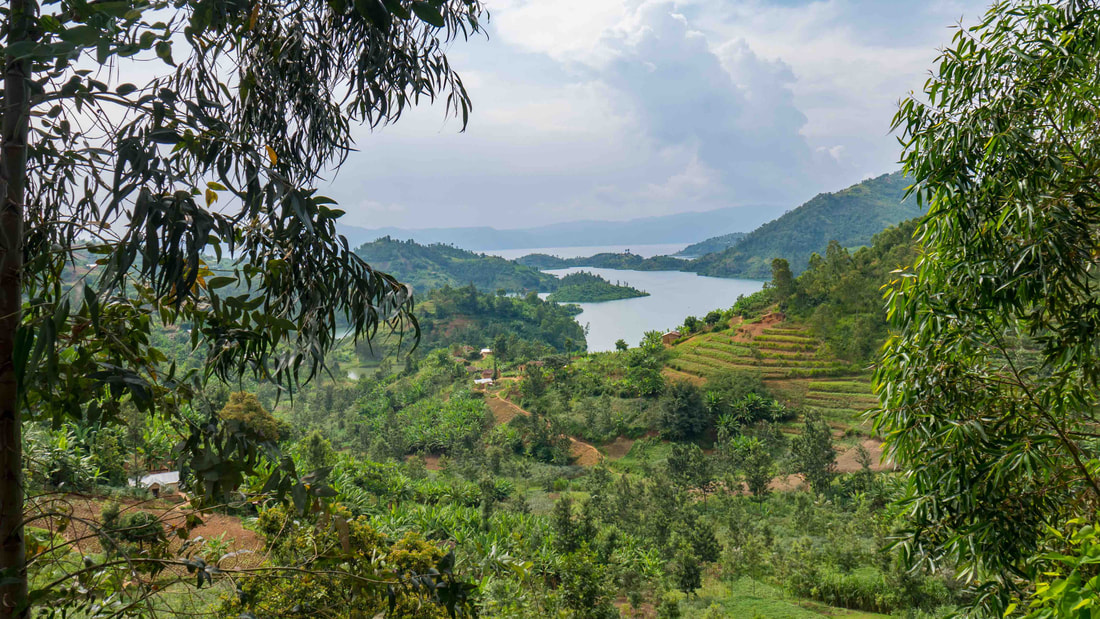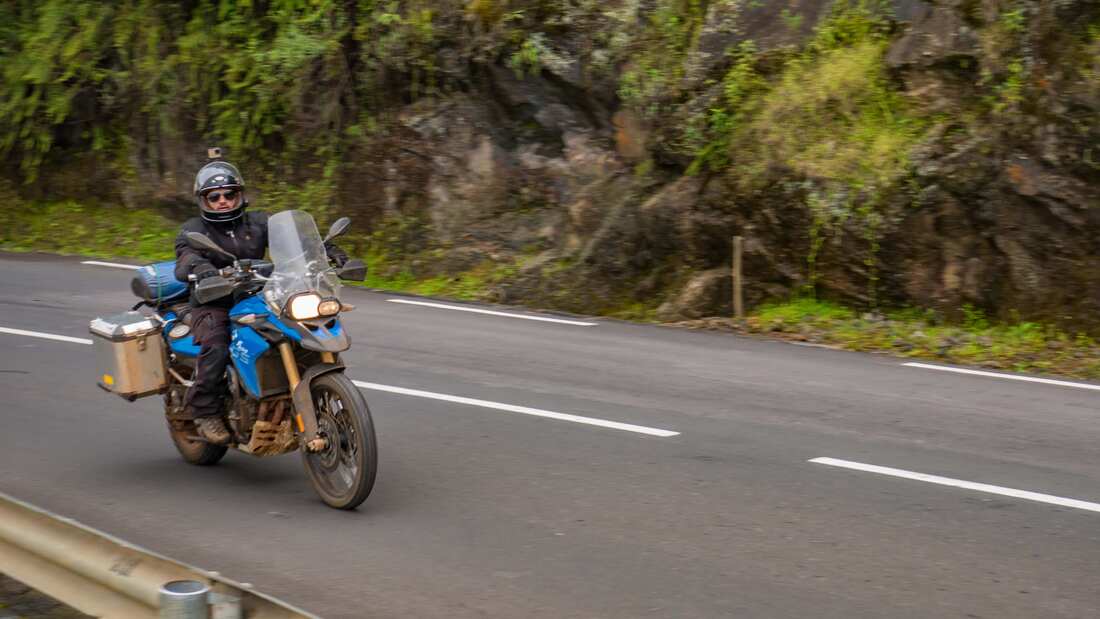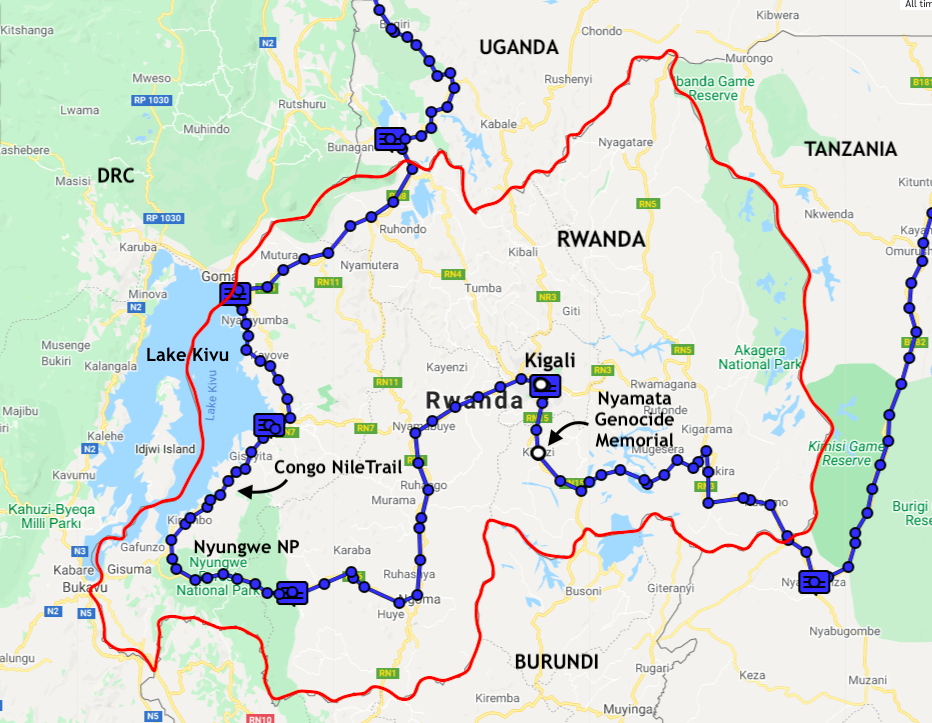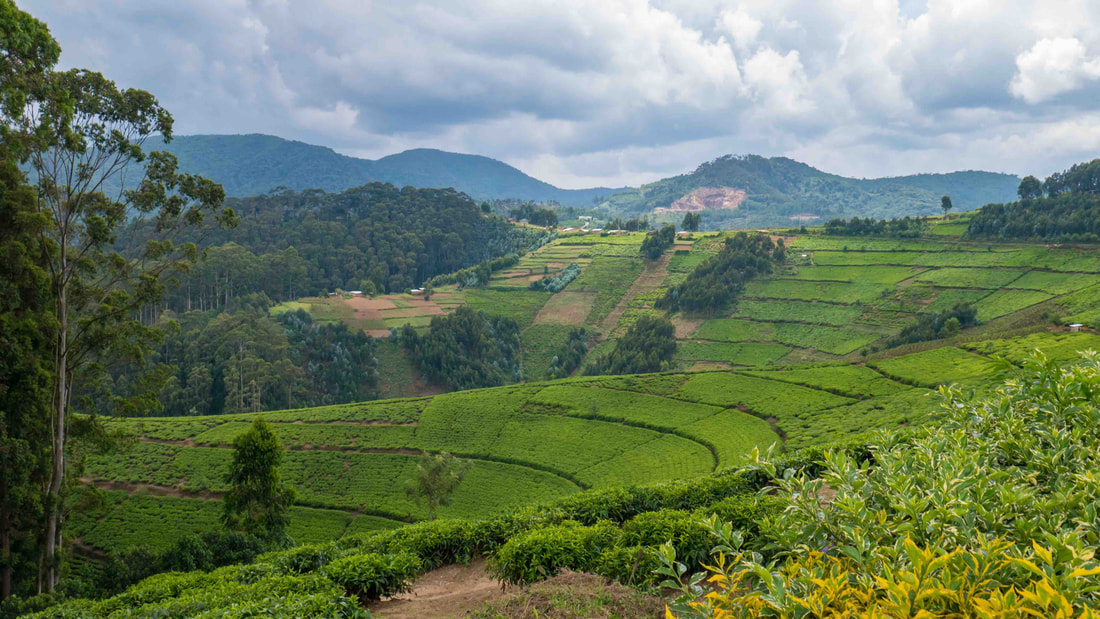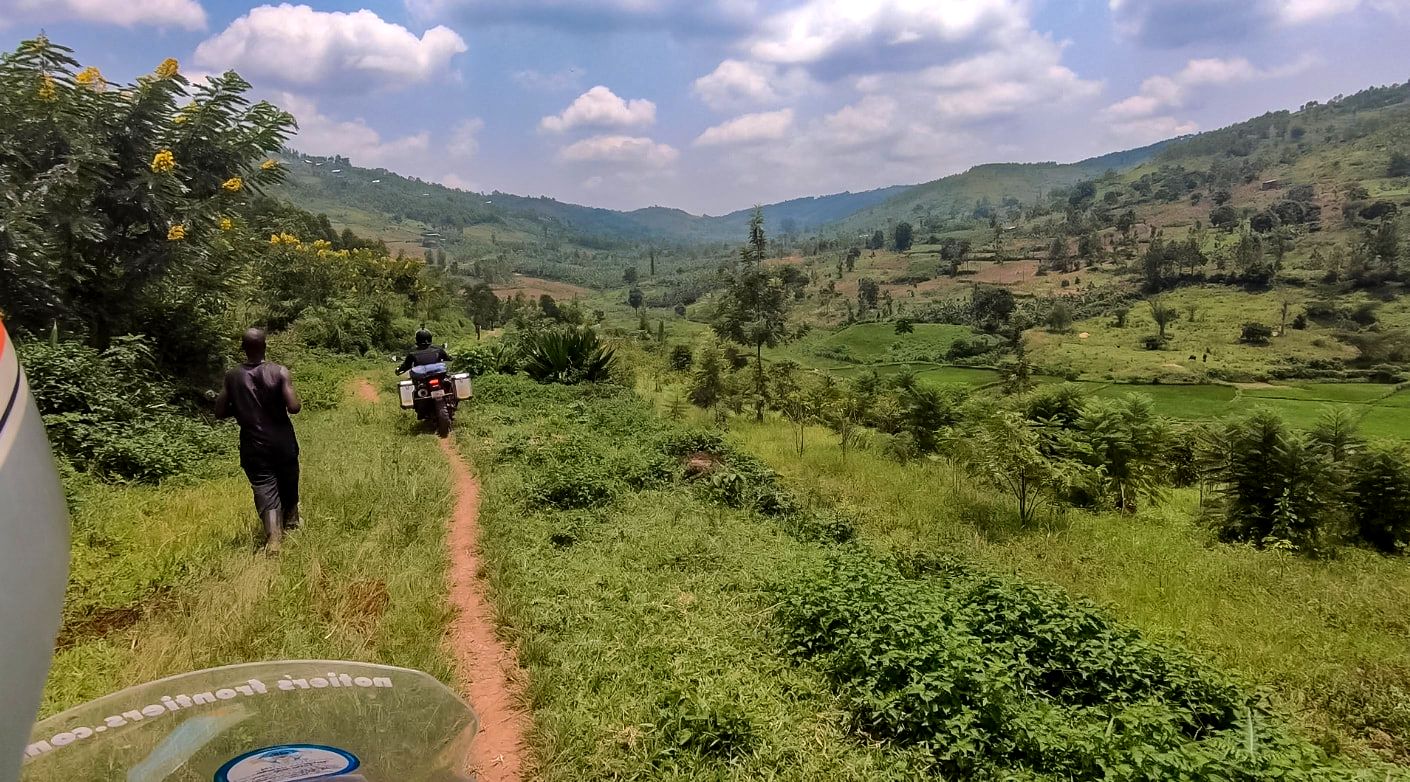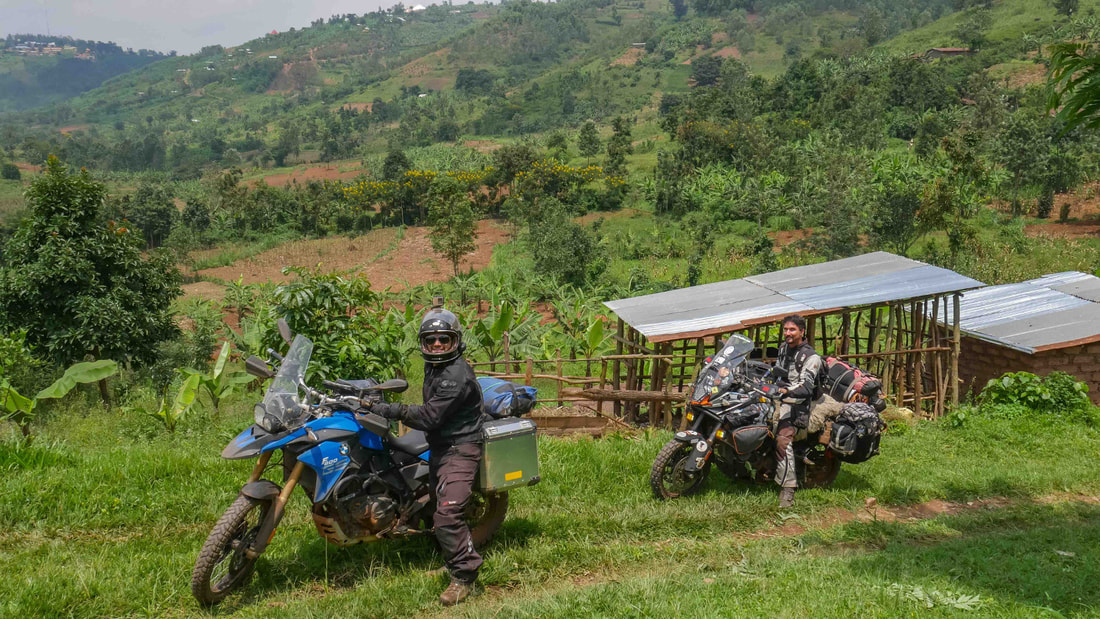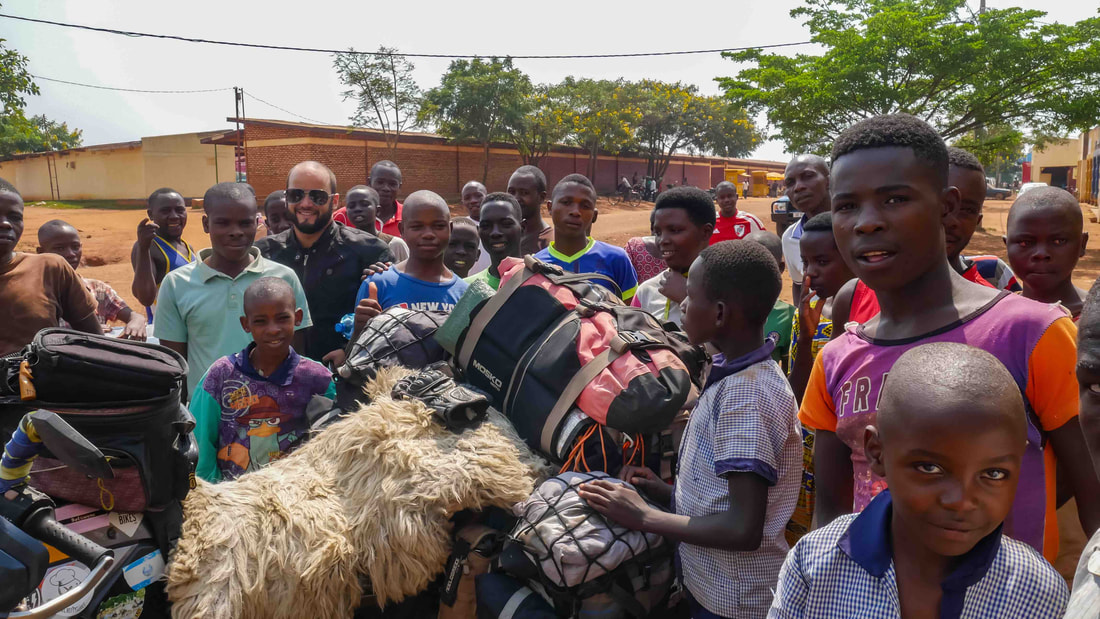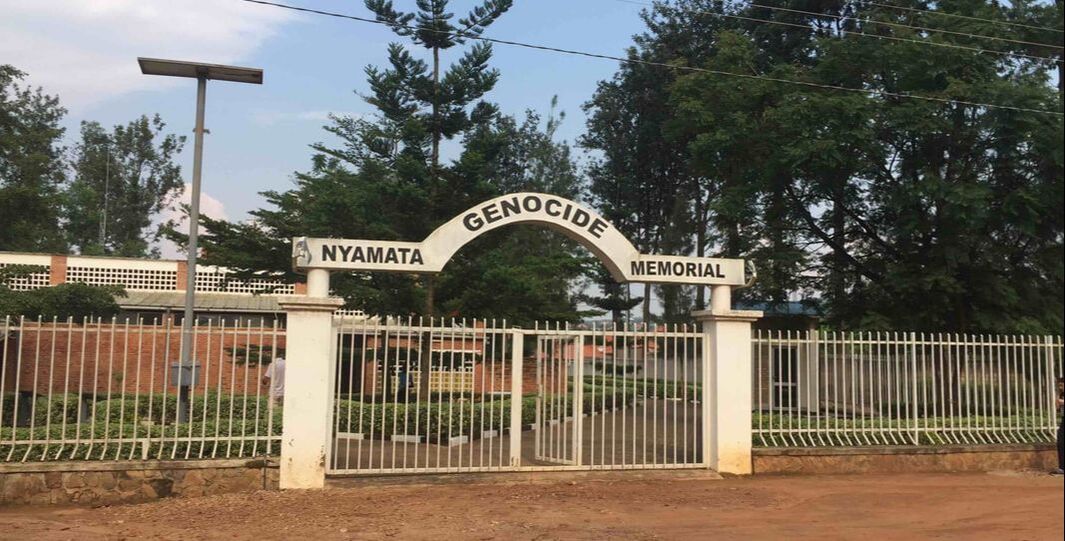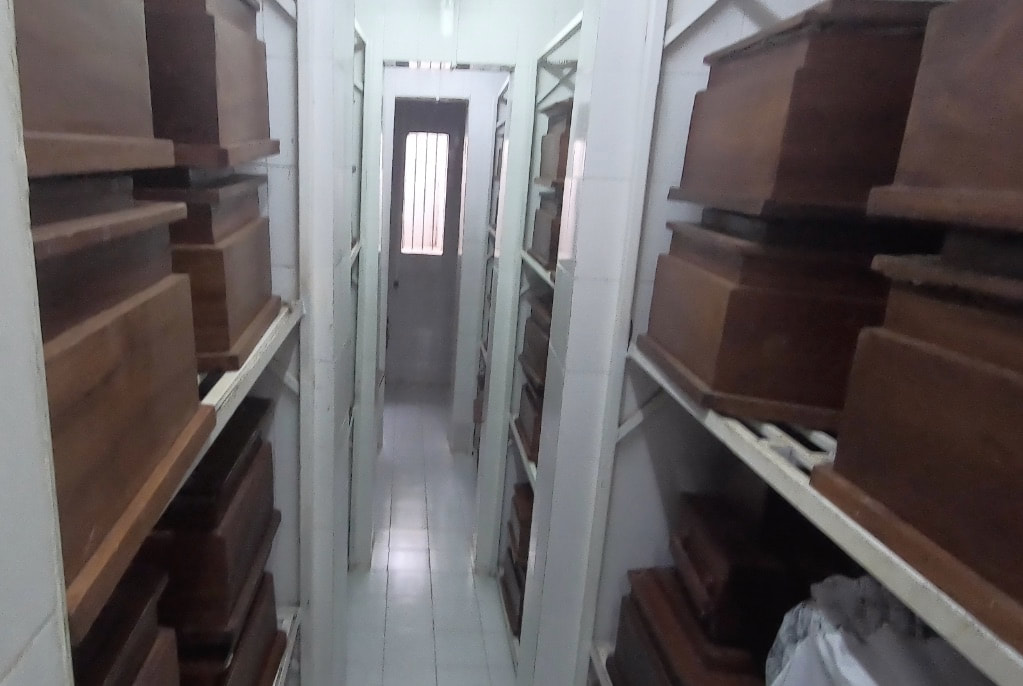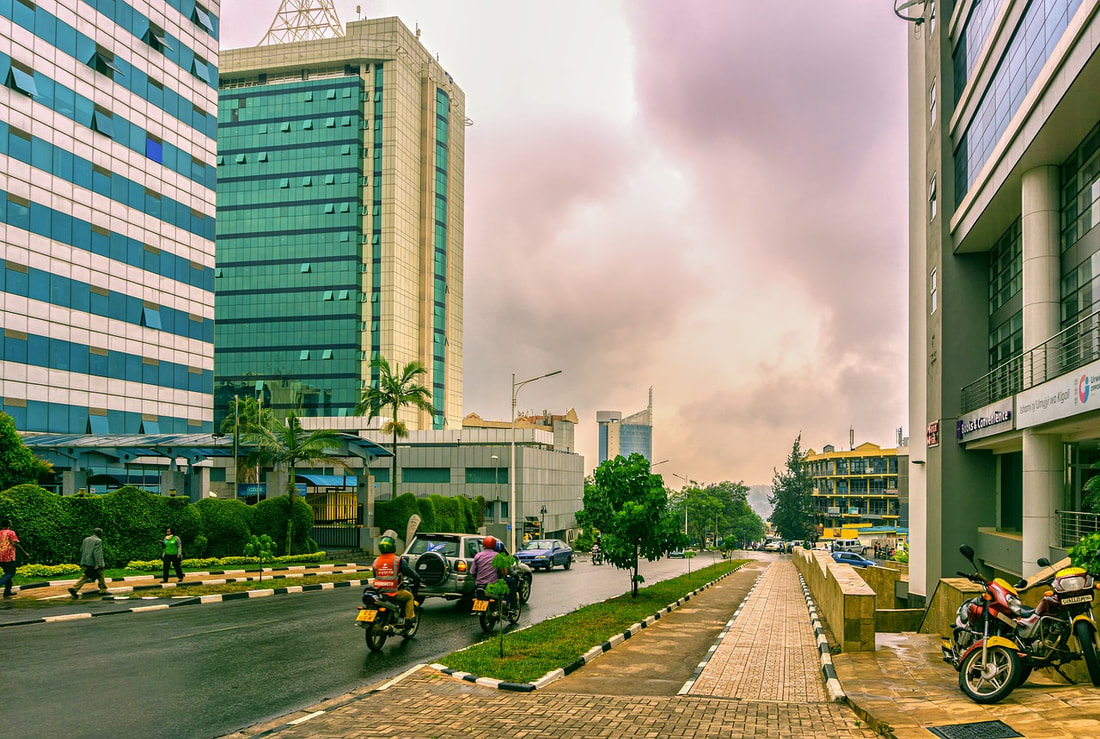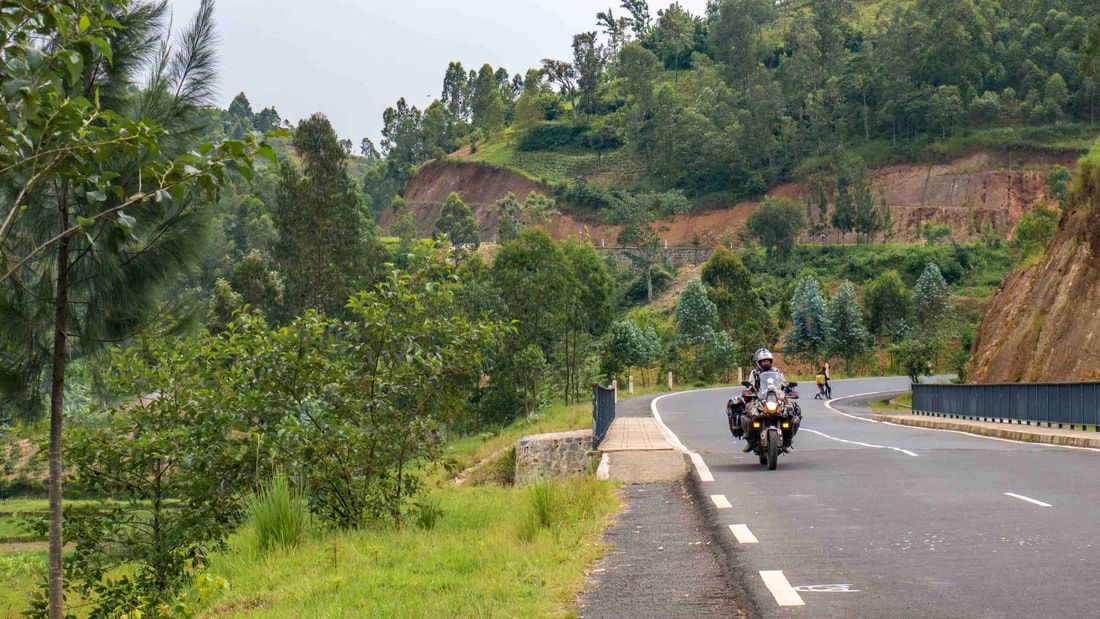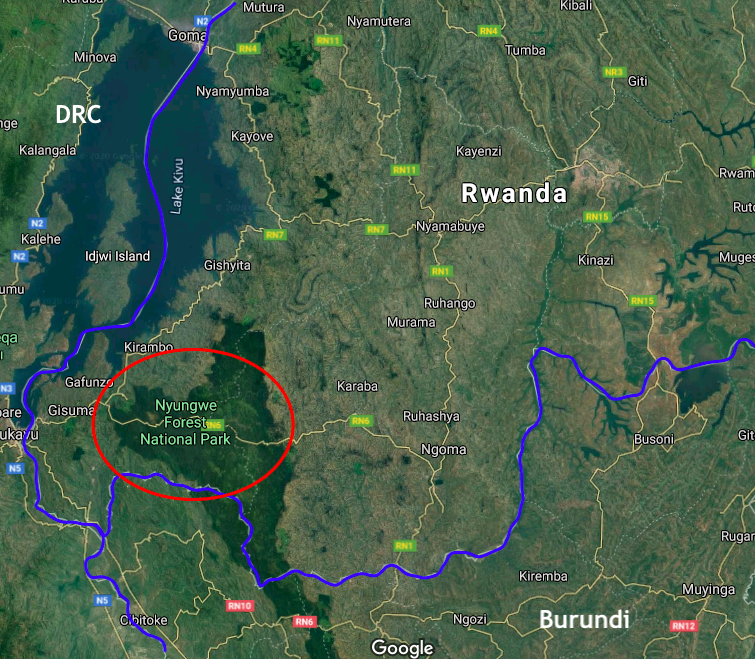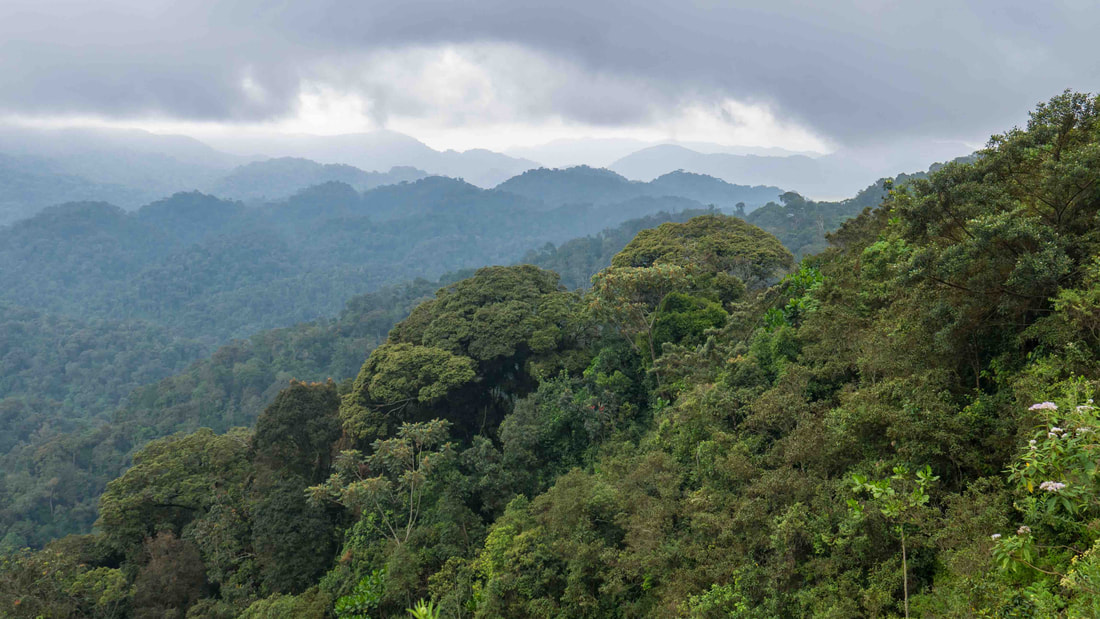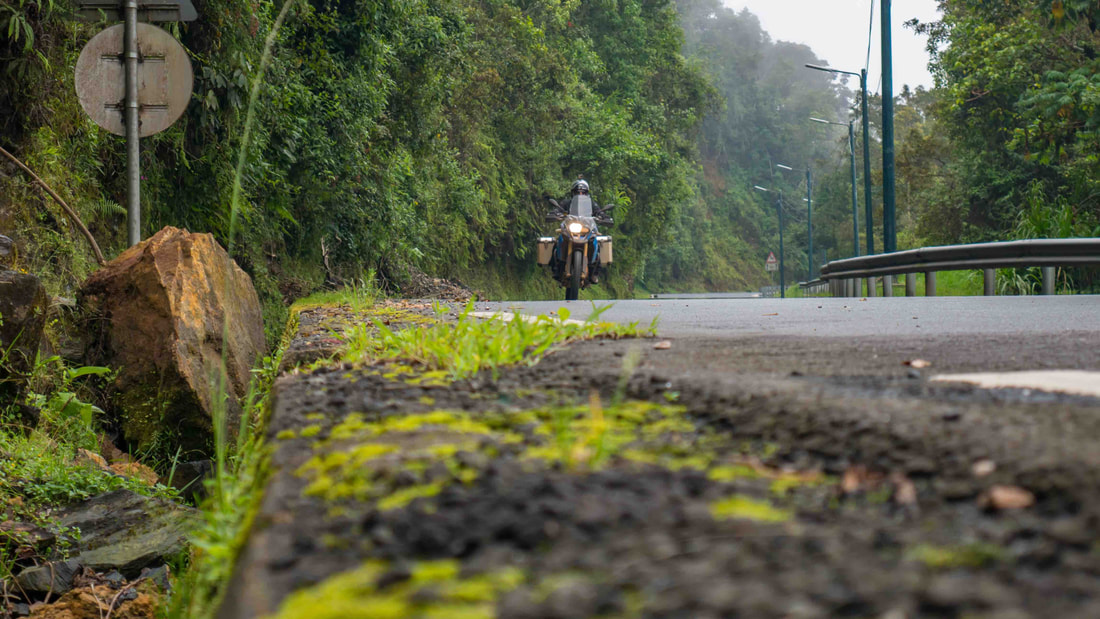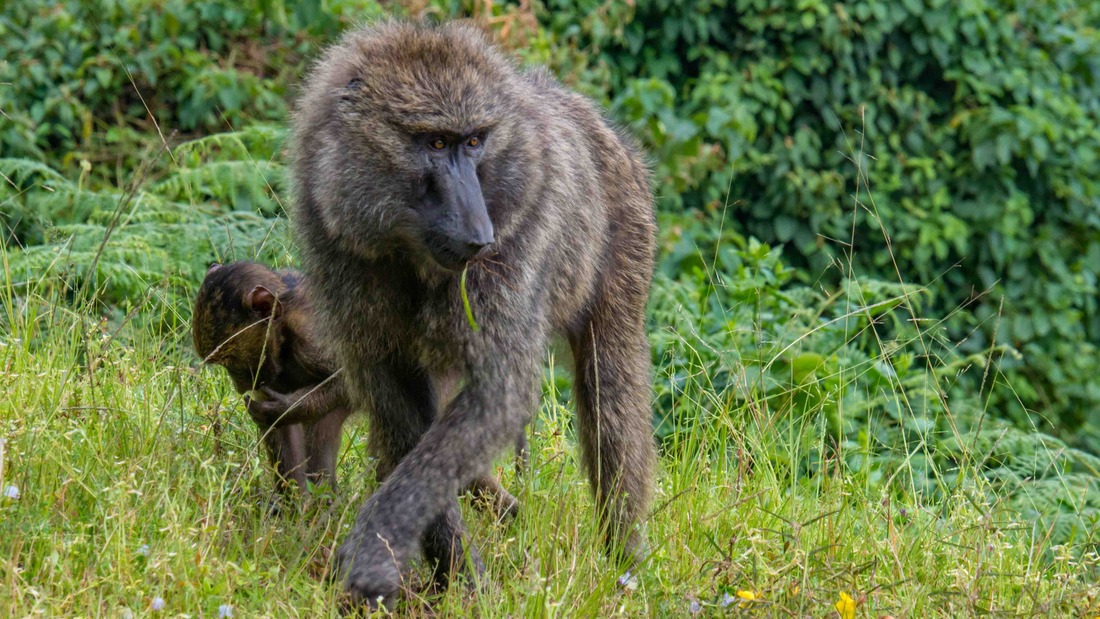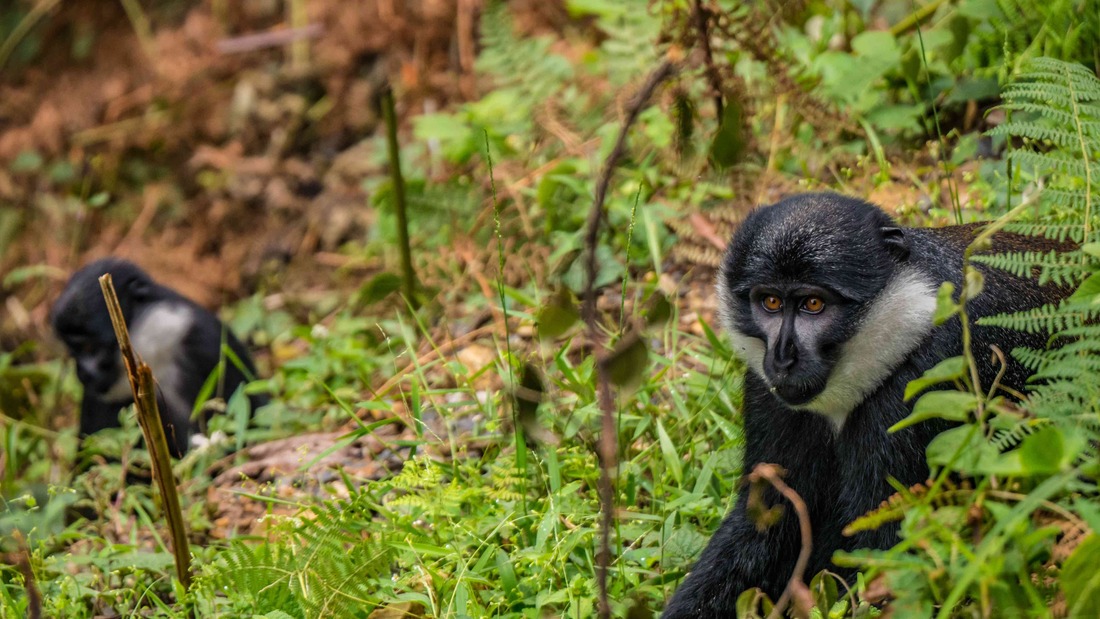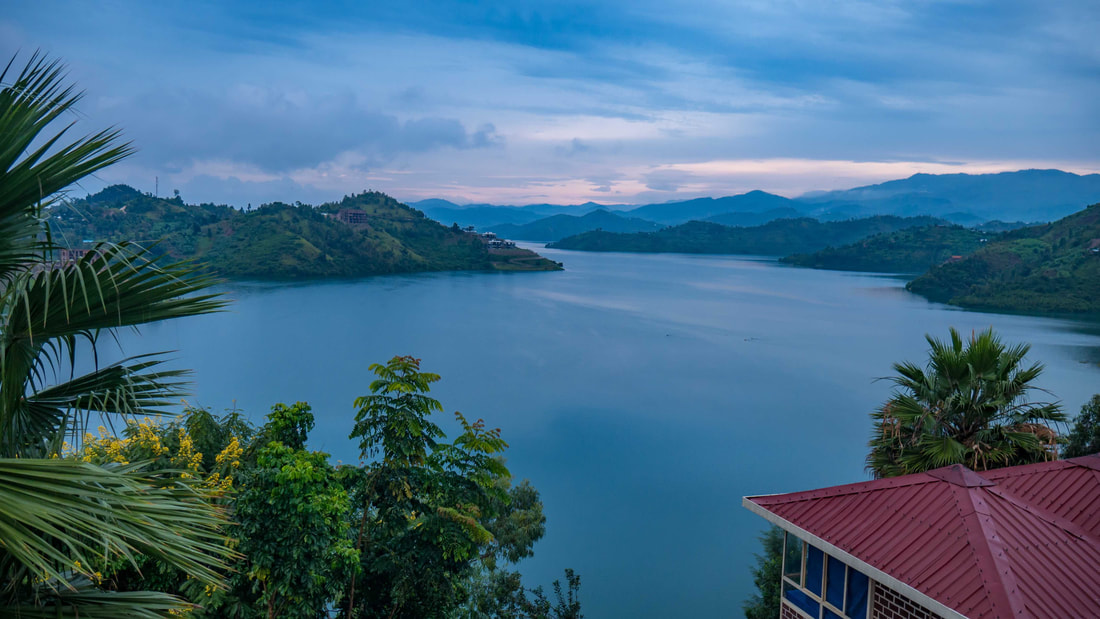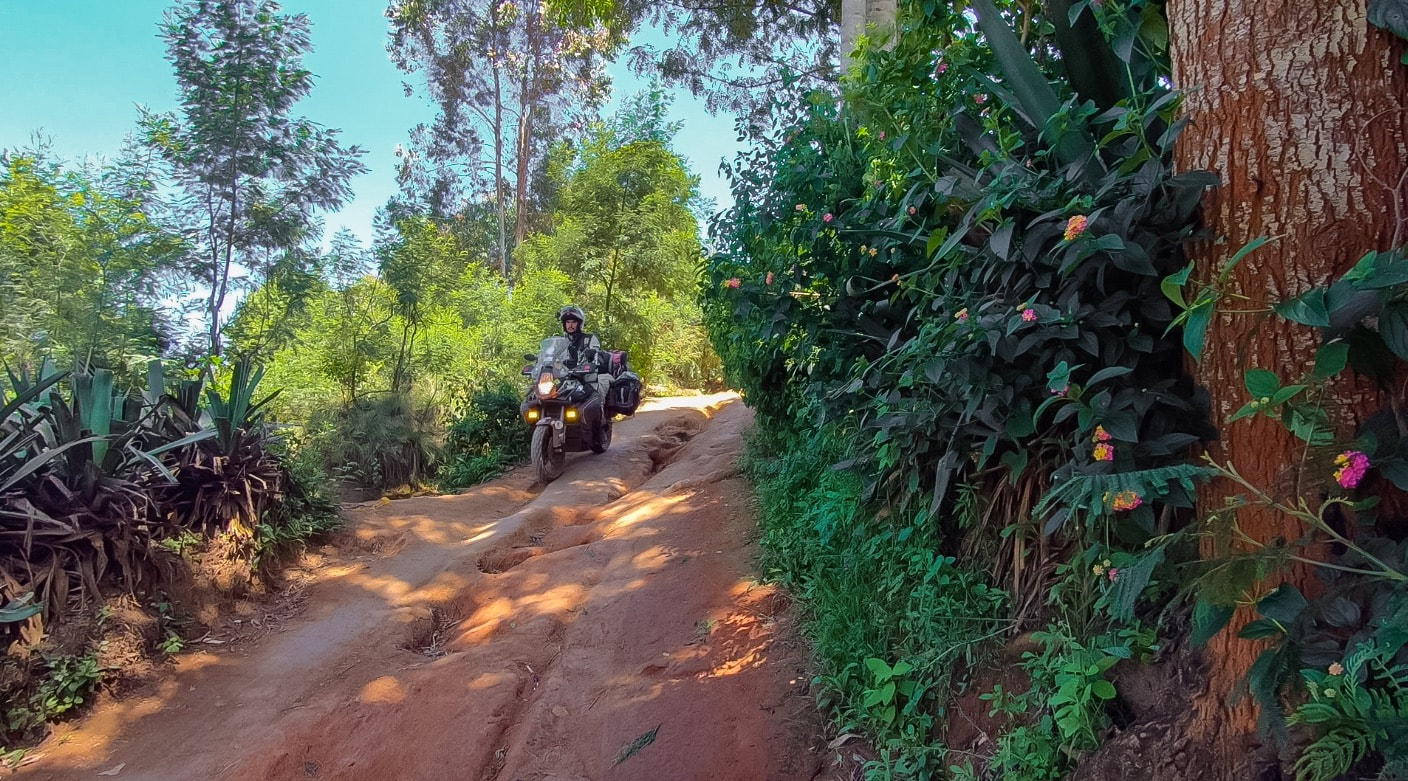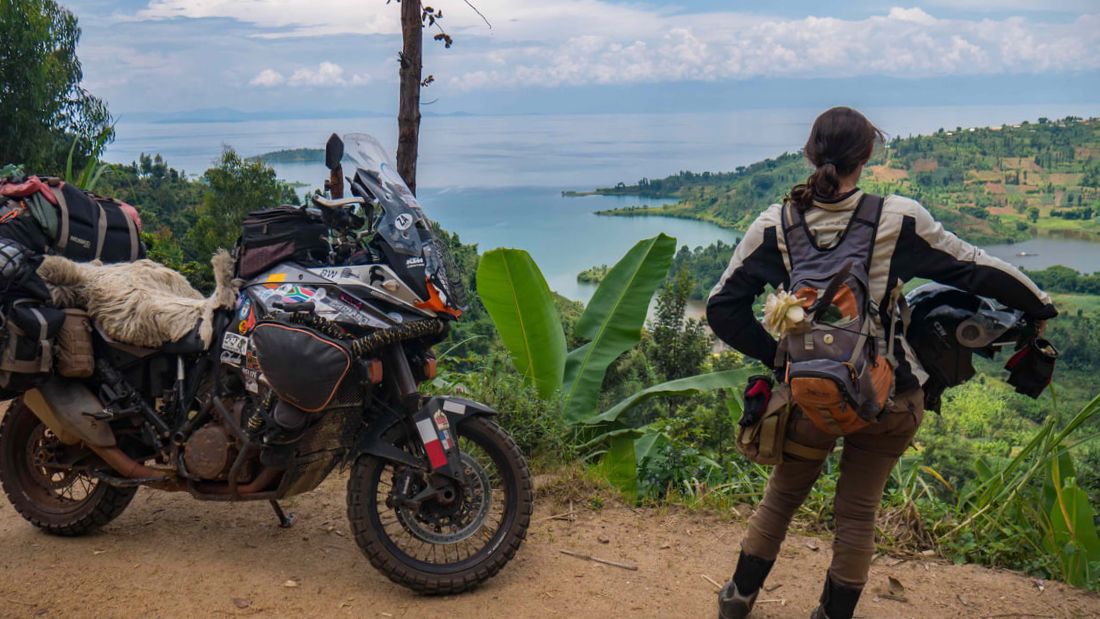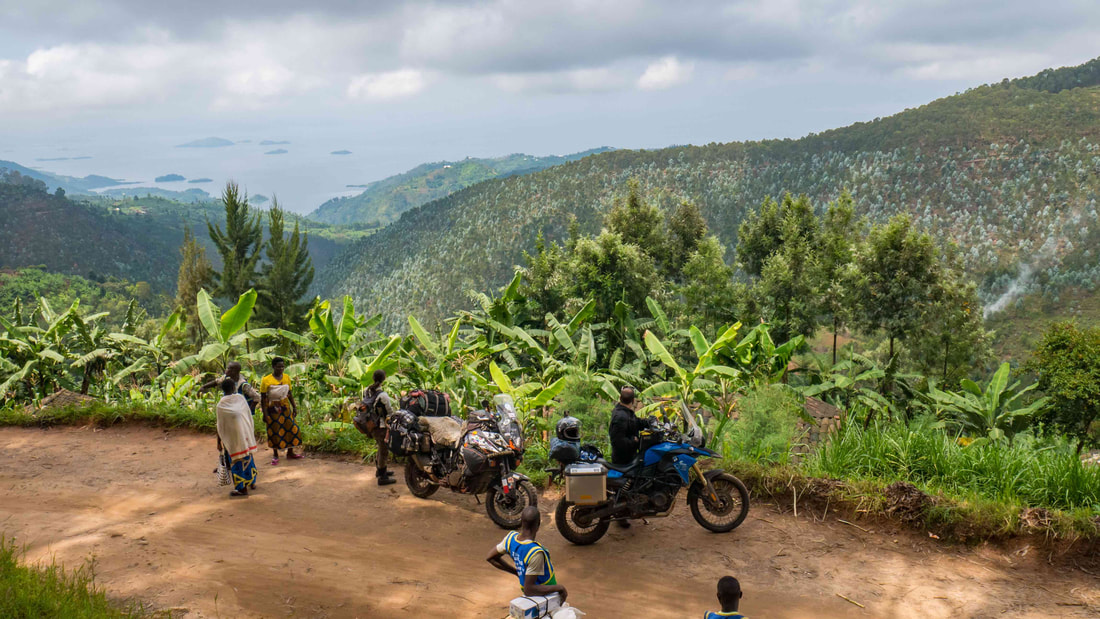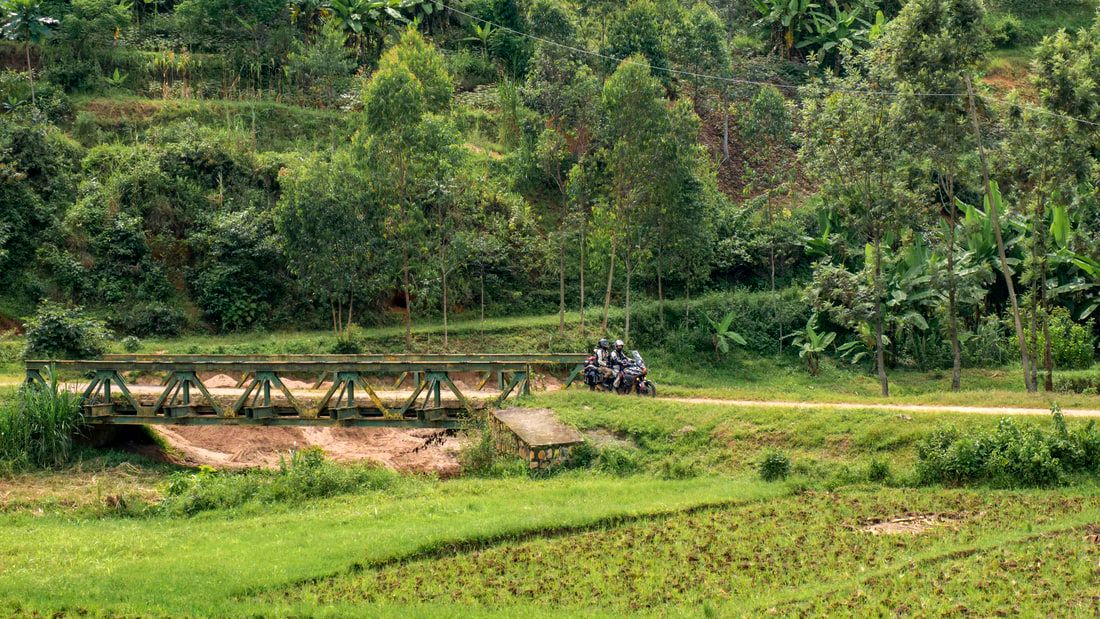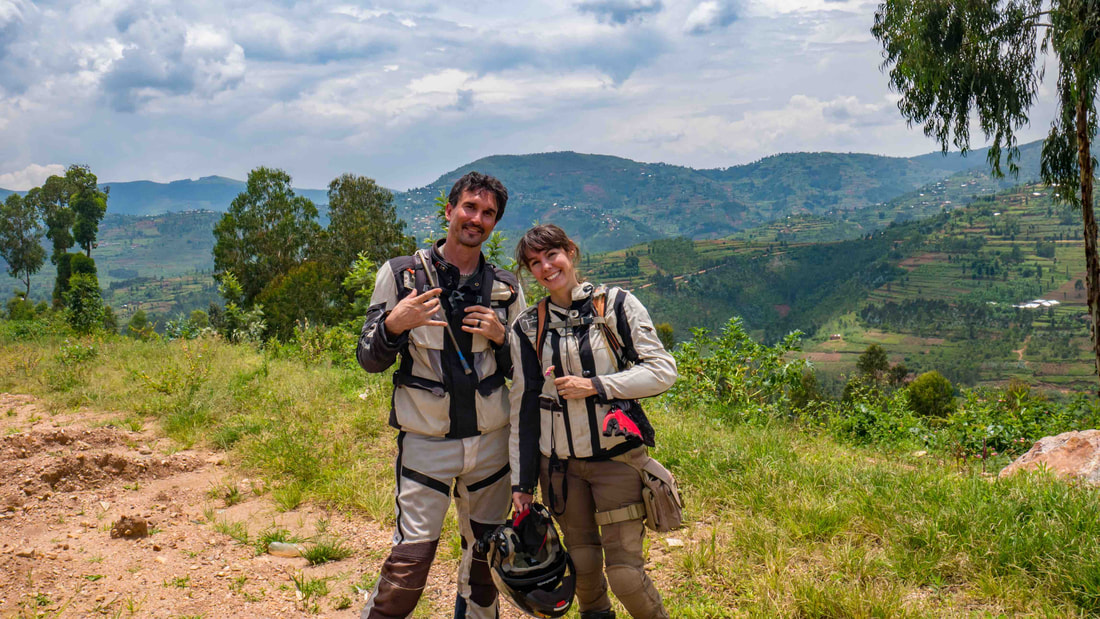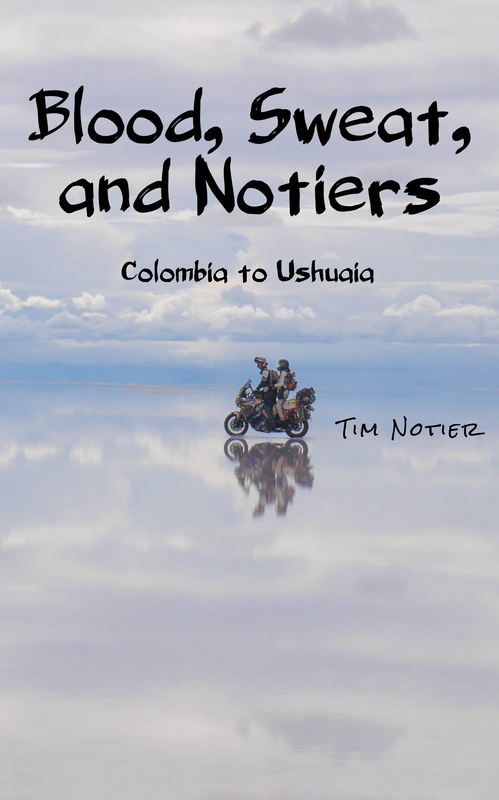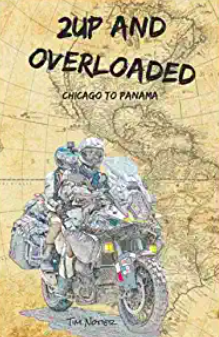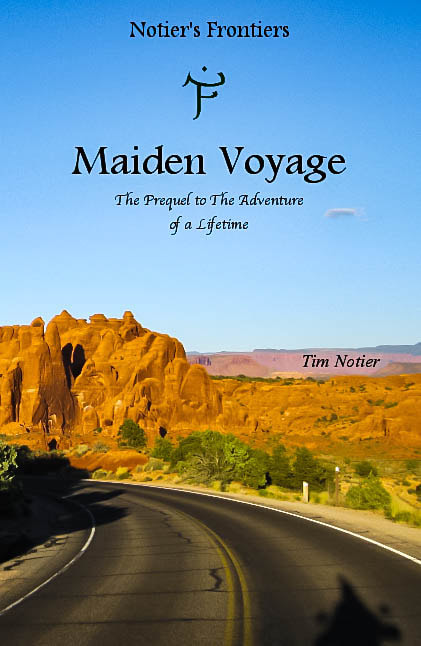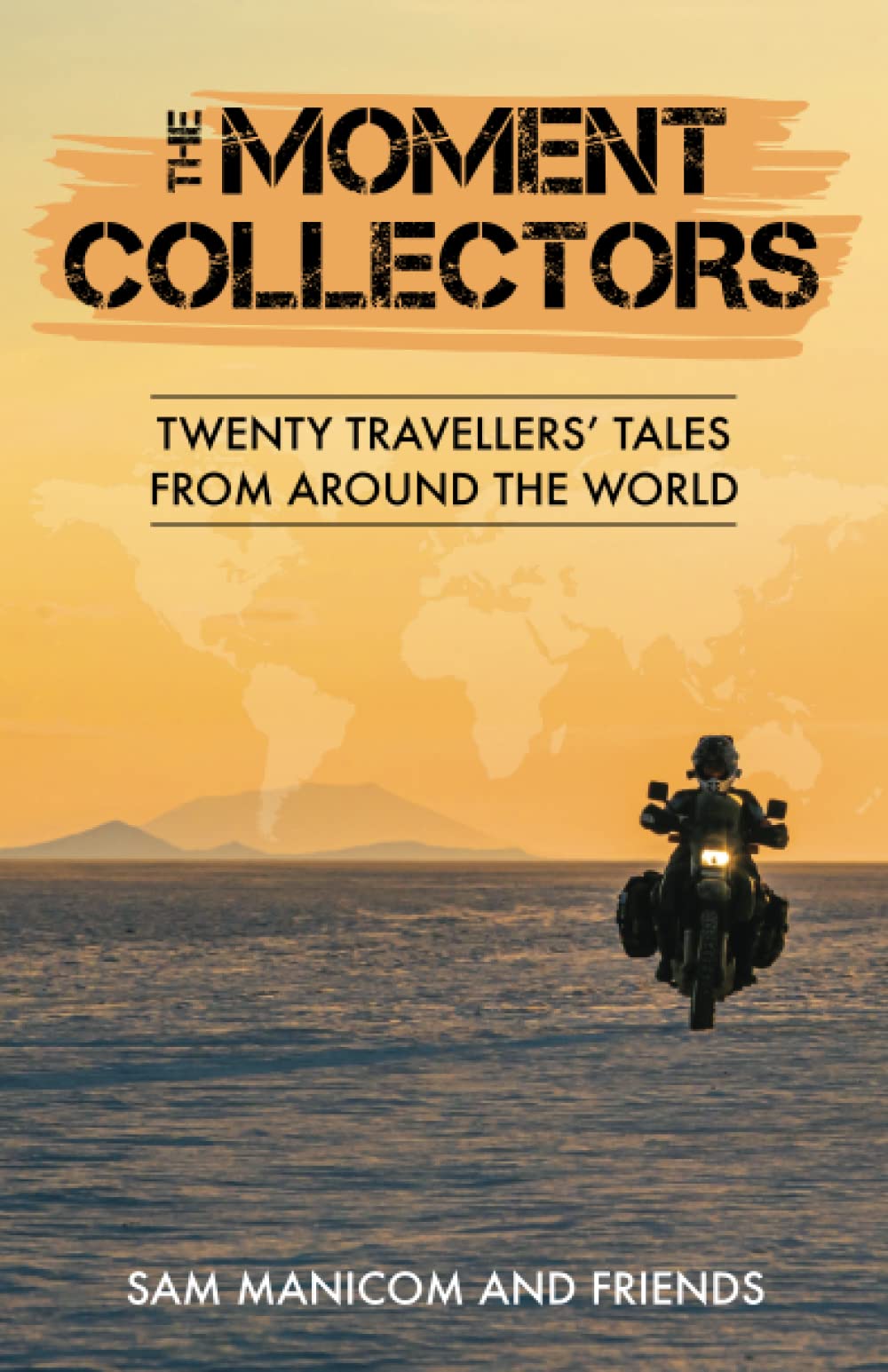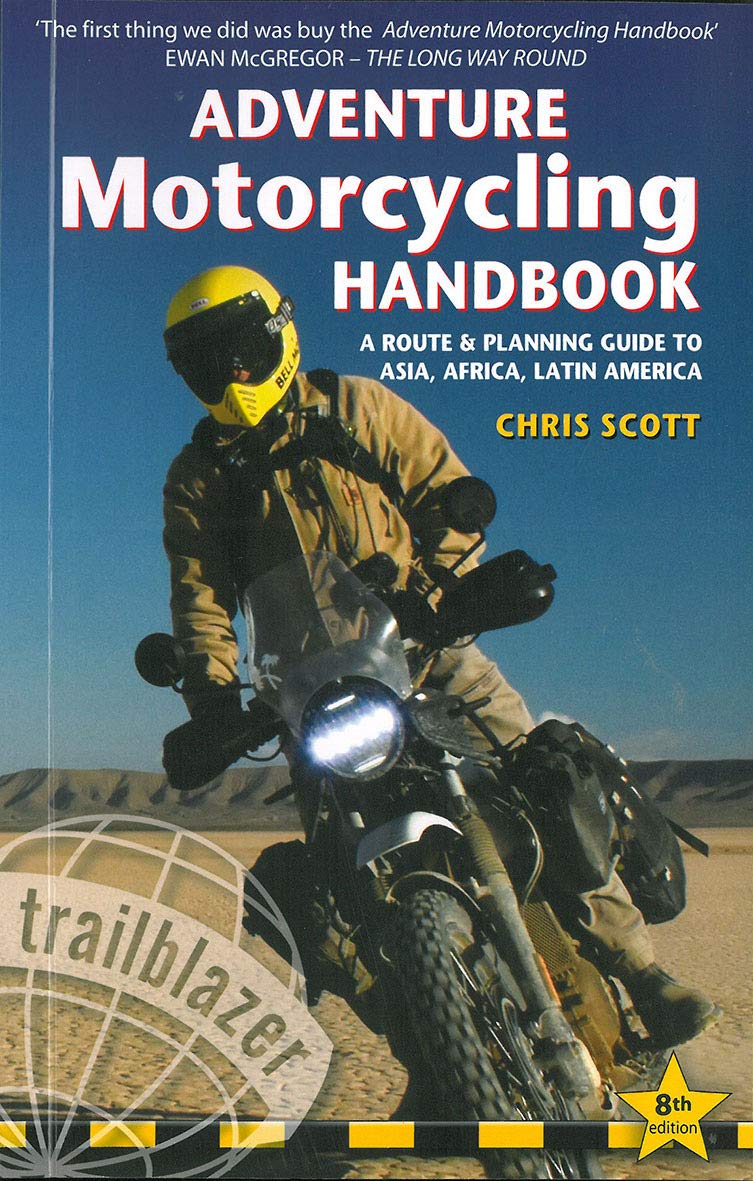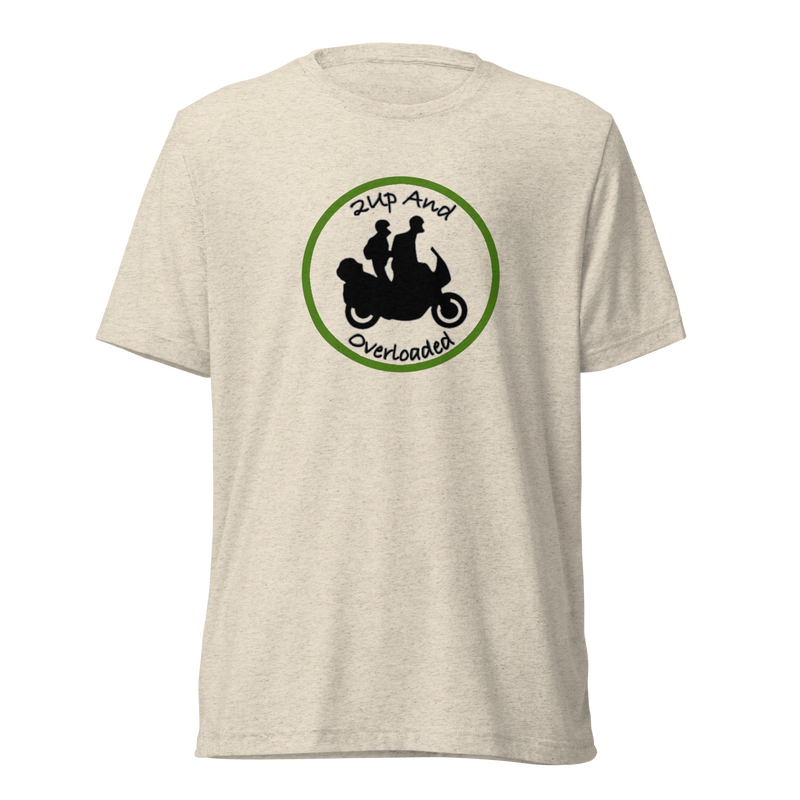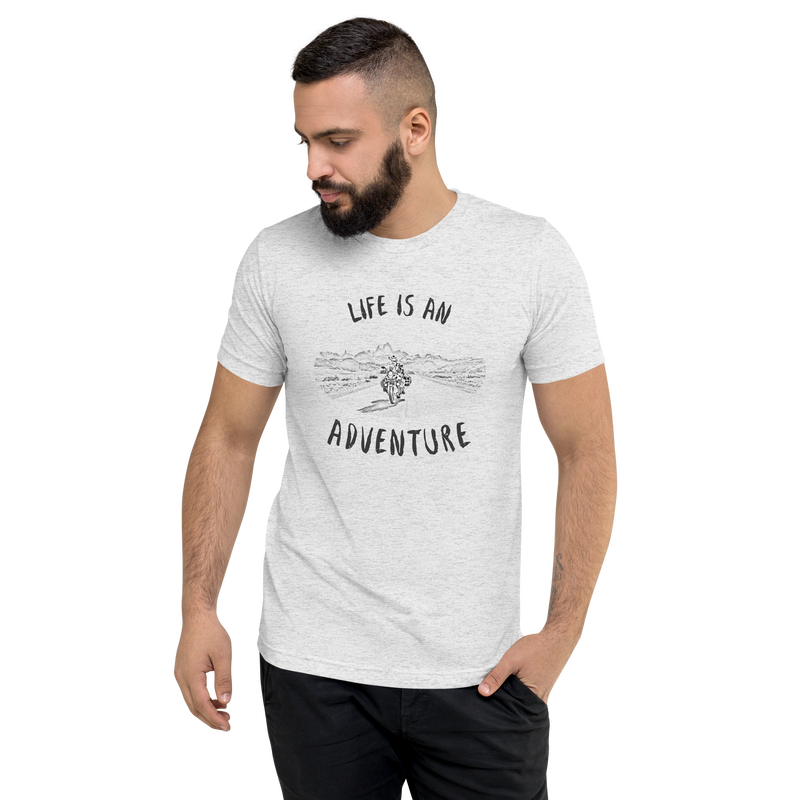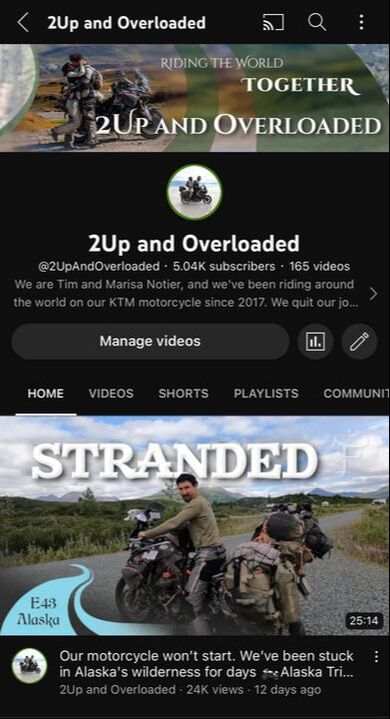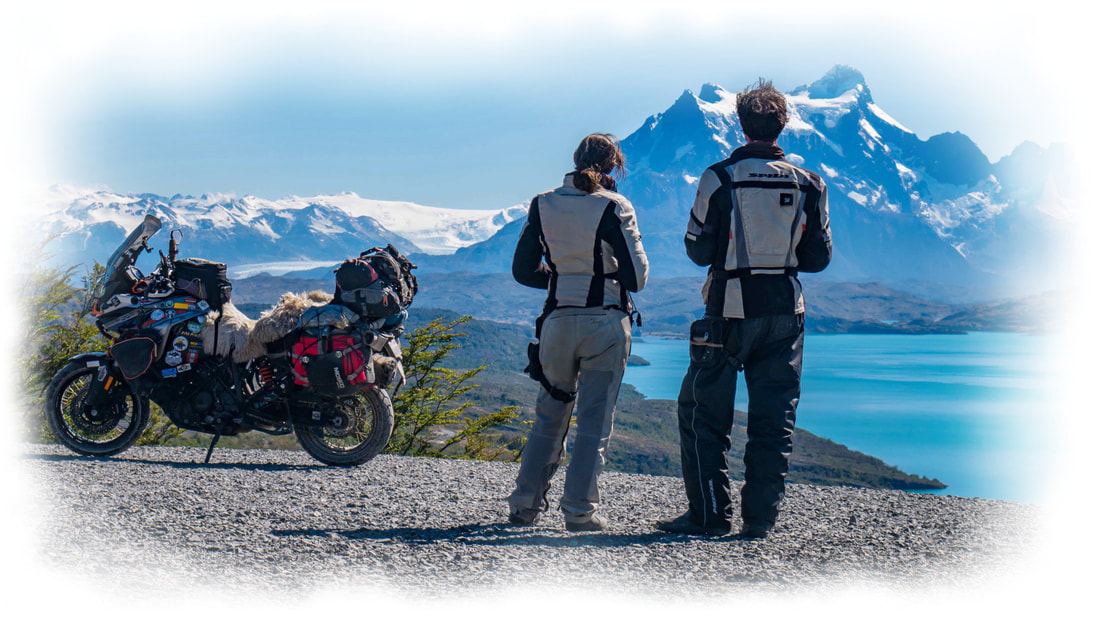By MarisaI don't like to admit it to myself, but it has become harder for me to sleep. I find myself staring at the ceiling at night, worrying about what will become of the US, how things will progress here in Uganda with the Corona Virus, and how the world will overcome such an all-encompassing and heartbreaking disaster as this pandemic. Will things ever be like they once were? But right before Tim and I arrived here in Uganda (where the border closed around us due to the pandemic), we had the opportunity to travel through a small country that could really teach the world something about getting back on your feet after tragedy strikes: Rwanda. It's hard to think of something that could be worse than this pandemic, but the Rwandan Genocide was just that. For three months in 1994, decades of brewing tensions between two ethnic groups, the Hutus and the Tutsis, boiled over into an explosive series of mass killings, mostly with machetes. By the end of it, more than 800,000 people had died, with nearly 70% of the Tutsi population slaughtered, as the rest of the world pretty much just stood idly and watched. And what makes this genocide all the more visceral is that it happened a mere 26 years ago. I used to teach my high school students about the Rwandan Genocide every year, showing them the movie Hotel Rwanda, which I've seen more times than I can count. So when Tim and I found ourselves planning our motorcycle route through Africa, we decided to visit Rwanda even though it was a bit out of our way. But I was very interested to see how this tiny country had overcome the unimaginable setback of the genocide. The night before we were to enter Rwanda, we met up with an American motorcycle traveling friend who we'd first gotten to know in Namibia: Leo. He just happened to pull up to our hotel, and said that he was headed to Rwanda as well. So after a wonderful evening of stories and laughter, we all decided to ride through Rwanda together. The next day at the border we had perfect weather: intensely sunny (Rwanda is nearly on the equator), but the elevation in the mountains made the wind cool. This was heavenly motorcycle weather, as I love feeling fresh breezes rush through my jacket. To make things even better, when entering Rwanda I realized that they drive on the right side of the road, which is, from my American perspective, the correct side of the road! This is due to the Belgian and German colonial influence over Rwanda as opposed to the British, and for Tim and I, it was extremely exciting since we had been driving on the British side in every single country we've been to from South Africa and up. So while we glided down an astonishingly well-paved Rwandan highway, I just couldn't stop smiling, as I had this feeling that I was really going to like Rwanda. First thing that needs to be noted about Rwanda is that it's tiny. About the size of the state of Maryland, Rwanda is smushed right between the volcanic jungles of Africa's deep interior of the Congo, and the iconic savannah's of Eastern Africa's Serengeti. But because it's incredibly mountainous and highly populated, Rwanda isn't really like either of those sprawling regions. In fact, because of the tight jigsaw of mountains, nothing in Rwanda is sprawling. More like everything has been carved and fitted into place within the rugged landscape. Once across the border, I very quickly realized that agriculture reigns king in Rwanda. The entire country is covered in twisty mountain roads that wind their way through lush peaks and valleys, with the steep hills having been terraced and tamed by the myriad of farmers who call this country home. And it was so green! There were tea fields nestled between the fanned-out leaves of banana trees, all hugged into the embrace of steaming and misting mountains of jungles rich with exotic bird calls and the hoots of monkeys. In less than an hour of riding, I knew that we had made the right choice to come to Rwanda. The road from the Tanzanian border leads straight to Rwanda's capital city of Kigali, but we decided to veer off that perfect highway and get some dirt. We turned from the main road onto what was at first a ramshackle gravel road that very quickly dissolved into an even worse one-track donkey trail. This was tricky riding, but because of the good weather and our good moods, we were loving it, smashing our way through thorny bushes as the local farmers would stare at us with mouth ajar. Thankfully, that trail didn't last for too long, and it eventually widened out to become a decent-sized dirt road. For lunch, we stopped at a restaurant that served us a massive meal of cooked bananas and a brothy stew of sheep meat still on the bone, all for a few dollars. And while we ate, we discovered that our bikes outside had gained a bit of attention. In fact, I think the whole village was there to inspect our beastly motorcycles, pointing at things, and stroking our sheepskin seat cover. Then as we mounted our steeds, they all waved at us, calling out “Goodbye!" as we headed off into the dust. Before making our way up to the city of Kigali for the night, we visited the Nyamata Genocide Memorial. Rwanda has many genocide museums and memorials, and this is just one of them, located at a burial site of 50,000 people who lost their lives in the genocide, beside which is a village church where more than 5,000 people hid, but were subsequently killed inside. As the people locked themselves into the church, attackers found ways inside to shoot them or kill them with grenades. If you visit this church today you can see the roof dappled in bullet holes, and there is still blood stained on the altar. Pictures and video are not allowed inside the church, but I can describe for you the haunting sensation of stepping through the double doors and unexpectedly seeing piles of clothes everywhere. Fabrics torn apart, bloodied, heaped onto the floor and stacked on top of pews. Women's dresses of what had once been bright yellow florals, and tiny shirts for children, now pink with dried blood. The bodies have since been buried, but their clothes remain in the church. I kept repeating that number in my head: at least 5,000 people were killed in that church. 800,000 were killed in Rwanda. These numbers can't possibly express the gravity of the weight that they actually bear. Now with the pandemic, I'm getting a new sense of how tragic those zeros are. 170,000 so far in the USA, nearly 800,000 globally... and to think that this same number of fatalities died in an area the size of Maryland. It's incomprehensible. Visiting that church left us feeling heavy and silenced, but as we rode into Kigali, Rwanda's largest city, a sense of hope began to fill me. I noticed right away that this was quite different from any other neighboring African city I had been to. Not only were the roads well-paved, but they had painted lines for lanes, raised curbs with designated pedestrian areas, reflective strips, good signage, and even street lamps! Street lamps! I'd forgotten such things existed... Then I saw the glass buildings of the downtown area that were new and modern, and moto-taxi drivers had on emergency reflective vests, all wearing helmets while carrying an extra one for any potential passengers. Such order! And best of all, there was no garbage on the streets. None. Had I entered Wakanda by accident? It was all so much that I called home that night to tell my mother about this clean and orderly civilization that I had come across in the heart of Africa, like I'd discovered the golden city of El Dorado hidden in the jungle. It turns out that ever since the genocide, Rwanda has made some massive developmental improvements. You can start a business in Rwanda in 48 hours, and refugees from other countries are not restricted from working, but are instead encouraged to be entrepreneurs. This has helped their economy grow at an astonishing rate, and Rwanda has invested heavily on its healthcare sector and infrastructure (hence the nice roads). Plus, in 2007 Rwanda became the first country in the world to outright ban plastic bags, and there are steep fines for people bringing them in. Interestingly enough, because mostly men died in the genocide, a majority of women were left, and so Rwanda has the world's highest representation of women in parliament. Maybe all these women in government have something to do with why Rwanda is so awesome? Okay, I can't prove it, but it did cross my mind... But the change I find to be most interesting of all is that Rwanda has a required policy of doing community service work for one Saturday out of the month, a practice called umuganda. Everyone must do it, including the president, and this has helped clean the cities and communities, as well as build medical centers, schools, and even hydroelectric plants. Rwanda was starting to sound nicer and nicer, and so even though Tim and I aren't really fans of big cities, we stayed in Kigali for a few days, enjoying luxuries that were hard to find in neighboring countries. Food in Kigali was fantastic, and maybe this had something to do with the Belgian/French influence, but you could find freshly-baked baguettes, pastries, and international meals like beef stroganoff. We splurged on a rooftop restaurant overlooking the city, sipping on cocktails and fruit smoothies while I took in mouthfuls of a fantastic goat cheese and basil chicken panini, but I didn't realize that this would be the last time that we would be able to safely do such things. Bad news was already spreading out of China about COVID-19, but at the time, these worries felt a million miles away. From Kigali, we headed on to find a fabled road that we had heard about: the road through Nyungwe Forest. Nyungwe National Park is a tourist hotspot beloved for its mountains, waterfall hikes, suspension canopy tours, and perhaps most of all, its chimpanzee treks. And people had told us that the road through it is not to be missed. So we weaved our way out from Kigali and arrived at Rwanda's western reaches that edge into the Congo to check out this road, hoping the rumors were more than just hype. I've been to jungles before. I've climbed the Mayan temples of Tikal in Guatemala where howler monkeys sound their haunting calls. I've trekked through the sweltering Amazon along highways of leaf-cutter ants, and I've seen the tree roots of Angkor Wat in Cambodia slowly rip apart the abandoned city's stone doorways. But this forest, this Nyungwe of Rwanda, felt more ancestrally-rooted, more prehistoric, and more majestic than anything I had ever seen before. Jungles are actually hard to comprehend all at once because they're just so thick, you only get bits and pieces at a time, like glimpses of big-eyed frogs, colorful parrot feathers, or drops of water hovering on the tips of fern leaves. But you never really get the full grandeur. But this is where the road through Nyungwe shines, because this ancient African rainforest is so mountainous, and the road is so well built, you get unbelievable vistas of the deepest of green mountains layering over one another, with the misty tendrils of clouds curling around their peaks like it's a picture on the welcome sign to Jurassic park. Half-expecting to see a brontosaurus stick its head out of the distant foliage, I felt I just wanted to go swinging through the vines like Tarzan, running like a child, climbing through the branches, and jumping from limb to limb of these immense trees that can only be rivaled by the forests of Avatar. For a rainforest, it was by pure chance that we somehow avoided the rain. The road dipped and turned through one cloud and into the next, separated by sun-filled gaps where the true greens of the trees would be illuminated by the golden sunlight. Until the next cloud would hurl us into a dark fog, reminding us that there are dangerous creatures all around. Watching us. There was no denying that this forest was alive with the buzzing sound of insects and the screeches of hidden animals - a jungle that epitomized the very word wild. As the road snaked and slithered its way through the mountains, we immediately knew that it was not only an incredible road, but it was also the most heavily-militarized road I've ever been on. About every 150 feet there was another young solder. Sometimes his fatigues and matching camo helmet would blend into the greenery, and I could only catch a glimpse of his shiny boots and the black magazine of his AK-47 through all the leaves. It soon became a game for Tim and me to try to “spot the soldier", and we would always wave to these young men, hoping for a wave back, and sometimes we got it. Other times they would just watch us pass. What they were all doing there, I'm not quite sure, but the forest borders Burundi, which has been ravaged by political and economic strife, as well as the DRC, which is the poorest country on earth. And I've heard that refugees and poachers had been known to illegally come through Nyungwe and into Rwanda. So with a mixture of feeling both way-too-safe, and very unsafe, we rode our way through that incredible forest. And though we did not see any chimpanzees, we did see lots of other monkeys. Outside of Nyungwe, we were once again immersed back into the world of agriculture, where the old forests had all been cut down and the mountains chiseled into the perfect staircase steps of terraces. There was one more site on our list to see in Rwanda before our time there would come to an end, and that was Lake Kivu. Again, I wondered why people were raving so much about a lake when the whole region was speckled in lakes, and I didn't understand how Lake Kivu would be any different from the much larger Lake Victoria which we had just seen in Tanzania. But it turns out that Lake Kivu is extremely picturesque because of its jagged shape, like an ink blotter test. That gives it a stunning mangled shoreline of green cliffs and hills, with islands dotting the lake as far as the blue horizon. To really get a sense of the lake's beauty by motorcycle, we took something called the Congo Nile Trail (best name ever???). Tourists sometimes go on it by bicycle, but we were up for a motorcycle challenge, and even though some washed-out sections were crossable only by riding over logs placed over the gaps, it was an incredible ride. The views simply bathed our eyes in natural wonders, and the weather couldn't have been better. But it was the people that made this journey what it was. The Congo Nile Trail cuts through fishing villages, farms, and lumber towns where school children would all wave at us, boys chasing us with huge smiles on their faces. We were definitely the celebrities of the area, and we felt a bit like super heroes as we adventured our way through eucalyptus forests, along cliff sides, and beside the lapping waves of the lake. One of our last nights in Rwanda was spent at a lovely hotel overlooking Lake Kivu where we talked with other tourists staying there about their concerns over the virus. So far, there had been no cases reported in Sub-Saharan Africa, though we suspected Nairobi would get it next. A man from Germany said he had paid for a tour in the Congo the next day to see gorillas and that he was not concerned. A French man and an American both said they were going to cut their trips short and were going home. Leo, Tim, and I, all agreed that we would simply keep going to Uganda and see how things played out. The next day, a confirmed case was discovered in Kinshasa, DRC, and the border to the Congo closed overnight. The German's gorilla tour was cancelled. The others got their flights out of Rwanda, and the three of us carried onto Uganda, but it wasn't long before all the land borders and airports closed. And Tim and I have been stuck in Uganda ever since. The world has now been sent into this downward spiral that seems apocalyptic, but whenever I'm feeling I can't sleep at night, I think back to Rwanda. And I wonder, “How did they do it?" How did they overcome such a horrific setback to become one of the leading and most progressive countries in the region? And I think it boils down to three things: they have honored the memories of those they've lost without blaming each other, they have embraced a message of unifying and healing the country through community service, and they have taken their tragedy as an opportunity to build again. To build something better than they had before. So even though I used to only think of Rwanda as a place of devastation, now that I have been there myself, I see it as a place of hope and inspiration. It's a lesson that I can always look back on and smile. Tim and I wish everyone out there the best, and we hope you find yourselves safe and well. Our next blog post will be about how things went down here in Uganda, what we've seen so far, and what we plan to do next. |
Follow UsRide with us from Chicago to Panama!
2Up and Overloaded Get inspired by the tale that started it all:
Maiden Voyage 20 author's tales of exploring the world!
The Moment Collectors Help us get 40 miles further down the road with a gallon of gas!
Become a Patron for early access to our YouTube Videos!
Subscribe to our YouTube Channel!
Subscribe to our Blog by Email
|
2Up and Overloaded
Join our clan of like-minded adventurers...
Proudly powered by Weebly
Designed by Marisa Notier

